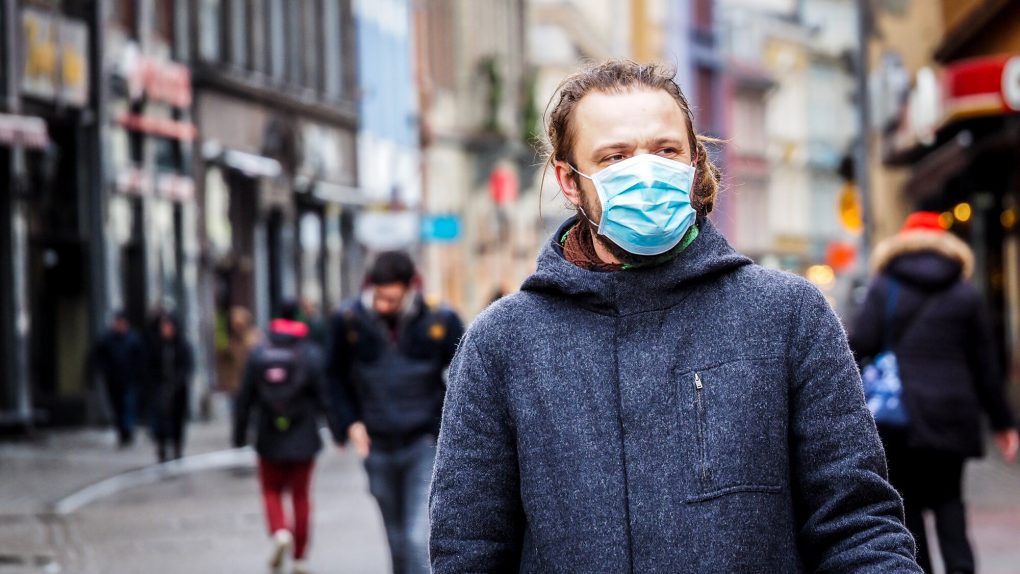- Health officials are worried about the imminent coronavirus-flu “twindemic” that will impact several countries in the coming months, advising people to continue to respect safety measures and get their flu vaccines.
- But reports from the southern hemisphere reveal an unexpected side effect of the novel coronavirus.
- Some of the local flu epidemics have been much milder than in the past, and COVID-19 is part of the reason why.
Health officials have been warning the public for months about the looming danger this fall and winter. If the novel coronavirus isn’t contained, some communities risk having to deal with the novel coronavirus and the flu virus at the same timer. It’s the coronavirus-flu convergence that some refer to as “twindemic.” CDC director Robert Redfield and Dr. Anthony Fauci explained the nightmare scenario where some medical system would have to deal with a high number of COVID-19 cases during the colder seasons as well as a growing number of flu cases. The two illnesses have almost the same set of symptoms, so a differential diagnosis based on symptoms alone is often impossible. Not to mention that some people may be exposed to both viruses at the same time and have to deal with a twin infection. That’s why it’s essential to reduce the spread of COVID-19 by observing safety measures before the flu season starts. As for the flu, a vaccine might be more important than ever this season.
As the northern hemisphere is bracing for the coronavirus-flu twindemic, the southern hemisphere may have good news about the flu. It appears that the coronavirus can actually help “kill” the flu, but there’s no guarantee the same phenomenon will happen in the US or other northern countries in the coming months.
The coronavirus can’t interact with any of the viruses that cause the flu in order to kill them, of course. Instead, some countries south of the Equator found that the measures taken to limit the spread of COVID-19 have had an unexpected side effect: they kept the spread of the flu at bay as well. That makes perfect sense considering social distancing, the use of face masks, and frequent handwashing are the kind of habits that can protect against other pathogens, flu bugs included.
Australia only had 107 flu cases last month, compared to 61,000 cases in August 2019. “This is virtually a non-season,” University of Melbourne professor of microbiology and immunology Ian Barr told CNN. “We’ve never seen numbers like this before.” Similarly, South Africa and the southern cone of South America did not experience flu seasons this year, thanks to the COVID-19 pandemic.
“Many of the physical distancing and public health measures that have been put in place, which keeps people apart, may have actually played a role in reducing circulation of the [coronavirus],” World Health Organization’s COVID-19 technical lead Maria Van Kerkhove said. The WHO confirmed that the southern hemisphere experienced a record low influenza activity compared to previous years.
An increase in flu shots may have also helped keep the flu epidemic in check in the southern hemisphere.
There’s no guarantee the flu will follow the same course in the US and other countries in the northern hemisphere, especially in places still battling severe COVID-19 outbreaks. What this year taught us so far is that restrictions do indeed slow the spread of the virus, and communities that don’t respect safety guidelines have experienced significant outbreaks. If the coronavirus is spreading easily inside a community, so will any other respiratory illness, flu viruses included.
CNN notes that the 2019-2020 flu season led to between 410,000 and 740,000 hospitalizations. Since March, more than 372,000 people were hospitalized for COVID-19, and a model from the Institute for Health Metrics and Evaluation at the University of Washington says the number of COVID-19 hospitalizations will increase by 170% between now and January 1st. That’s why the coronavirus-flu convergence is terrible news.
A flu vaccine can help reduce the risk of influenza infection, and the CDC has acquired 10 million doses for uninsured adults this year. That’s 20 times the regular number. Estimates from the CDC say that flu shots last year prevented 4 million cases, 2 million doctor visits, 58,000 hospitalizations, and 3,500 deaths. The agency also noted that 45% of adults and 63% of children are typically vaccinated against the flu.
Only time will tell whether the coronavirus can help diminish the flu risk in the coming cold seasons in the northern hemisphere. Some countries and US states might experience smaller flu epidemics this fall, just like Australia and South Africa. But that can only happen if COVID-19 prevention measures are observed and if people get flu shots.
Of note, there are two symptoms that might help you tell the flu apart from COVID-19 this winter, but there’s no guarantee infected people will always experience them — here’s what you need to know.








